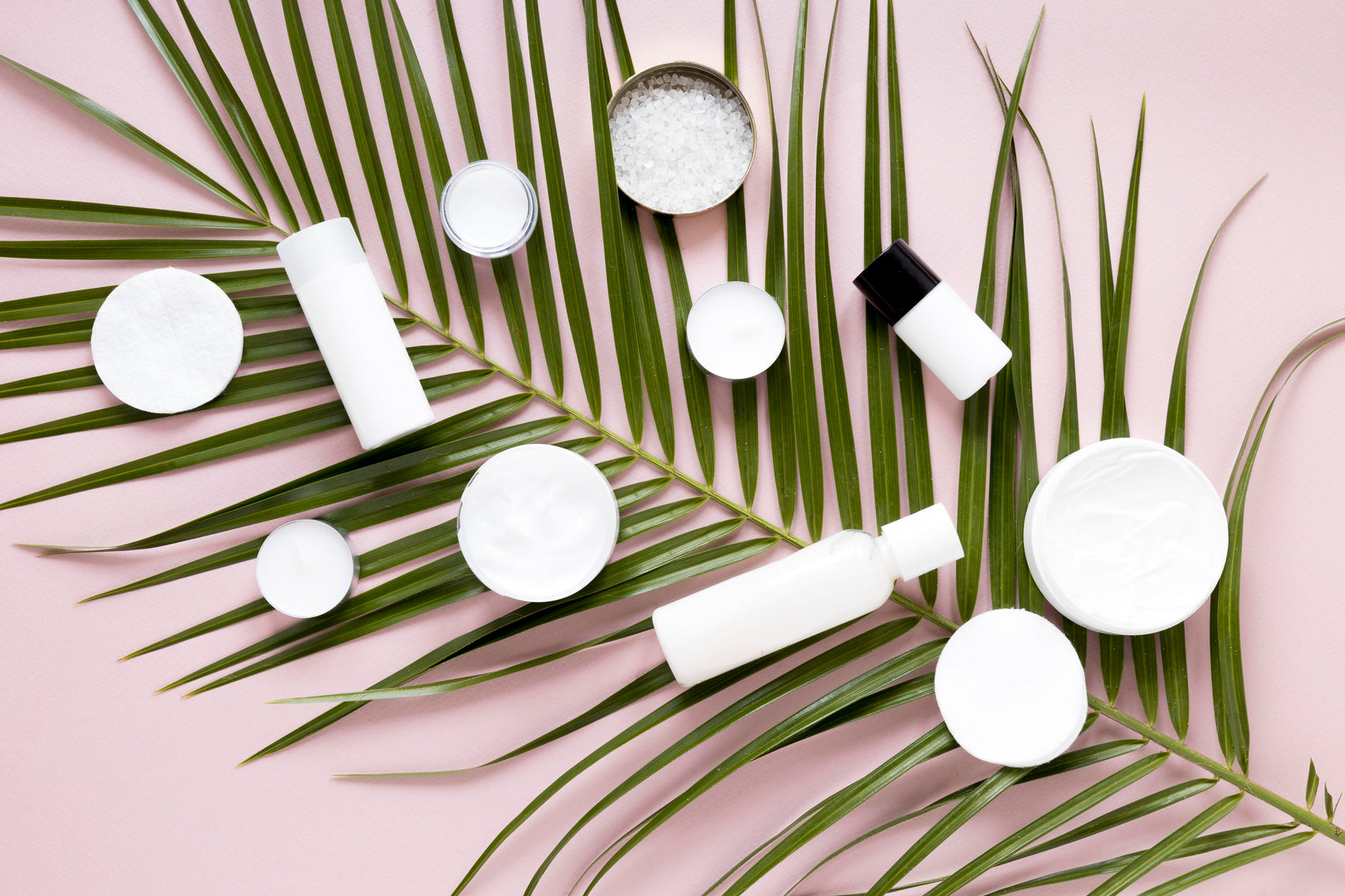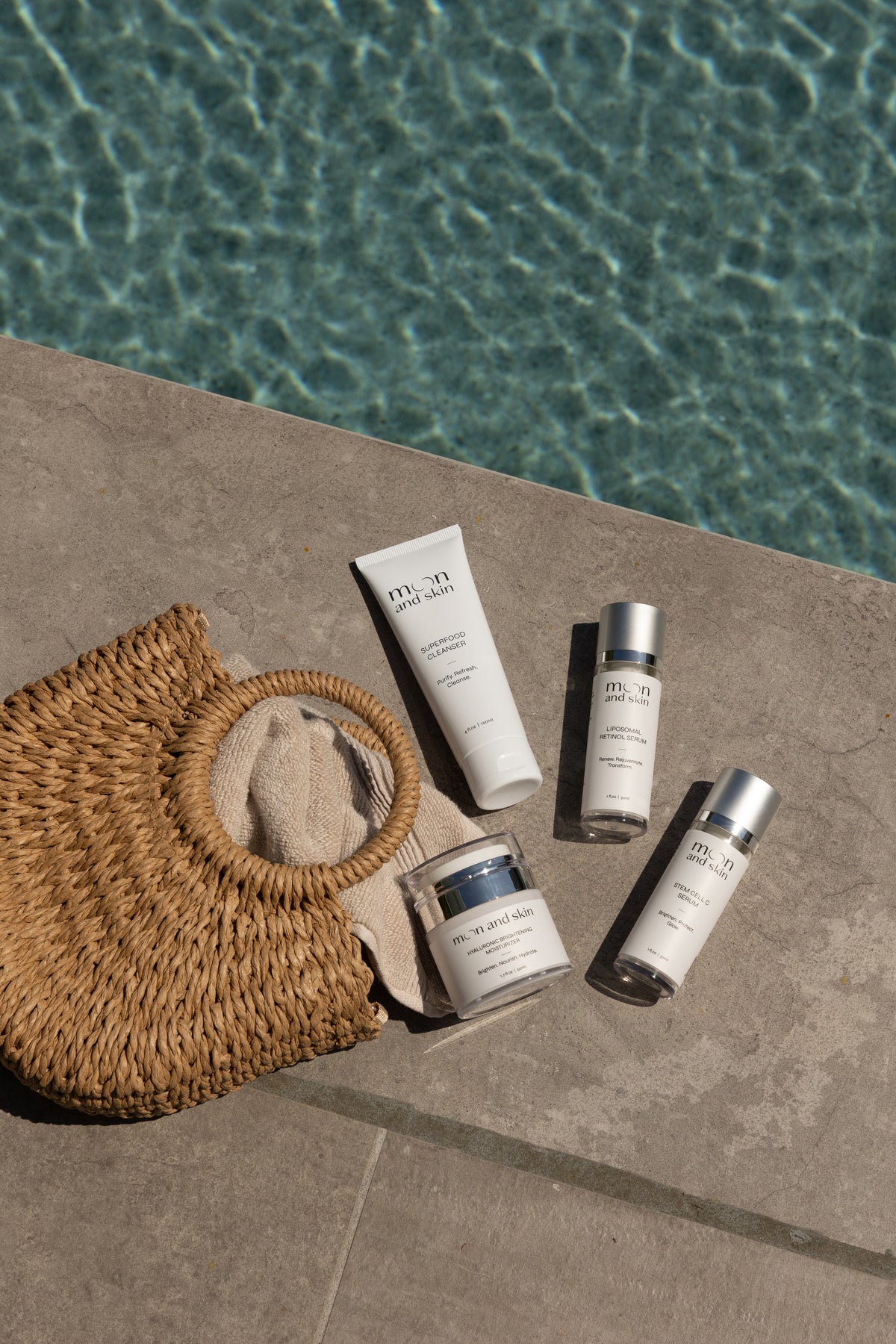Table of Contents
Introduction
When it comes to skincare, retinol is often hailed as a miracle ingredient. This derivative of vitamin A is celebrated for its ability to promote cell turnover and combat signs of aging, making it a staple in many routines. However, as many of us embark on our journey with retinol, we might experience a rather alarming side effect: redness. Have you ever found yourself wondering, can retinol make your skin red? If so, you’re not alone.
In this post, we’ll explore the causes of retinol-induced redness, how to manage it effectively, and the best practices for incorporating retinol into your routine. We believe in empowering our community through education, and together, we’ll navigate the intricacies of using retinol safely and effectively.
The Relevance of Retinol
With the rise of clean beauty and more informed consumers, understanding the effects of active ingredients like retinol is crucial. As we age, our skin undergoes various changes, and the need for effective solutions to maintain its health and appearance becomes paramount. Retinol is widely recognized for its benefits, but it’s essential to balance these advantages with potential reactions, including redness.
By the end of this article, we aim to equip you with the knowledge to harness the power of retinol while minimizing any adverse effects. Let's delve into the world of retinol, focusing on why it may cause redness and how we can effectively manage this common concern.
What is Retinol?
Retinol is a type of retinoid, which is a class of compounds derived from vitamin A. Its primary role is to accelerate skin cell turnover, helping to reduce the appearance of fine lines, wrinkles, and dark spots. It also addresses acne by preventing clogged pores.
When you apply retinol to your skin, it penetrates the outer layer and stimulates the production of new skin cells, essentially prompting your skin to shed its old, dead cells. This process can lead to a renewed, healthier complexion but can also trigger temporary side effects, particularly in those new to retinol or using it at high concentrations.
Why Does Retinol Cause Redness?
Irritation and Sensitivity
One of the primary reasons retinol can cause your skin to become red is due to irritation. When you introduce a potent ingredient like retinol into your skincare routine, your skin might react as it adjusts to the increased cell turnover rate. This reaction can manifest as:
- Redness: A common initial response as your skin gets used to the retinol.
- Dryness and Flaking: As older cells slough off, you might experience dryness, leading to a rough texture.
- Itching or Burning Sensation: Some individuals report mild discomfort as their skin acclimates.
This initial reaction is often termed "retinol irritation" and can be a normal part of the acclimatization process. However, it can be distressing, especially if you’re expecting smooth, clear skin right away.
Overuse and Concentration
Another factor contributing to redness is the concentration of retinol in the product you are using. Higher concentrations can lead to increased irritation. For those with sensitive skin or who are new to retinol, starting with a lower concentration is advisable.
Skin Type Considerations
Your skin type plays a significant role in how you will react to retinol. For instance, individuals with sensitive skin or conditions like rosacea may be more susceptible to irritation and redness. Understanding your skin type can help you tailor your approach to using retinol effectively.
How to Manage Redness from Retinol
While experiencing redness from retinol can be frustrating, there are several strategies to manage this side effect. Here are some effective tips:
1. Start Slowly
Begin your retinol journey with a lower concentration and apply it only a couple of times a week. Gradually increase the frequency as your skin adjusts. This approach allows your skin to build tolerance over time.
2. Buffering Technique
To minimize irritation, consider the buffering technique. This involves applying a gentle moisturizer before or after your retinol application. This method can help dilute the potency of retinol, reducing the likelihood of redness and irritation while still allowing you to benefit from the ingredient.
3. Hydrate, Hydrate, Hydrate
Hydration is key when using retinol. Since retinol can dry out the skin, incorporating hydrating products, such as our Hyaluronic Brightening Moisturizer, can help maintain moisture levels and soothe irritation.
4. Avoid Mixing with Harsh Ingredients
Be cautious when combining retinol with other active ingredients, like alpha hydroxy acids (AHAs) or beta hydroxy acids (BHAs), as this can heighten irritation. Instead, consider using these ingredients on alternate days to prevent overwhelming your skin.
5. Always Wear Sunscreen
Retinol can increase your skin's sensitivity to the sun. It’s crucial to apply a broad-spectrum sunscreen daily, regardless of the weather, to protect your skin and prevent further irritation.
Products That Can Help
At Moon and Skin, we prioritize clean and thoughtful formulations that support your skin through all its phases. Here are our core products that can be helpful while using retinol:
- Stem Cell C Serum: This serum harnesses advanced plant-cell technology to brighten and hydrate, perfect for counteracting some of the dryness that can accompany retinol use.
- Liposomal Retinol Serum: This product utilizes our Centersome®RL liposomal complex, providing a gentle yet effective retinol experience with minimized irritation.
- Superfood Cleanser: A nourishing cleanser that removes impurities without stripping your skin, creating a perfect foundation for your retinol routine.
When to Consult a Dermatologist
If you experience severe redness or irritation that doesn’t subside after a few weeks, it’s important to consult a dermatologist. They can assess your skin's reaction and recommend a suitable course of action, which may include adjusting your retinol concentration or frequency of application.
Key Takeaways
- Redness from retinol is common and often a sign that your skin is adjusting to the ingredient.
- Start slowly with lower concentrations and increase usage as your skin adapts.
- Use buffering techniques and hydrating products to mitigate irritation.
- Always wear sunscreen to protect your skin while using retinol.
- Consult a dermatologist if redness persists or worsens.
Conclusion
Navigating the world of retinol can seem daunting, especially with the potential for redness and irritation. However, with the right approach, you can harness the transformative power of retinol while minimizing discomfort. Remember, patience is key—your skin needs time to adjust to new ingredients.
As you embark on your retinol journey, consider incorporating our Bundle & Save collection for a comprehensive skincare routine that supports your skin every step of the way.
FAQ
1. Can retinol cause permanent damage to my skin?
No, retinol does not cause permanent damage. The redness and irritation are typically temporary and resolve as your skin adjusts.
2. How long does it take for redness from retinol to subside?
For most people, redness will decrease within a few weeks as the skin acclimates to retinol.
3. Can I use retinol every day?
It’s best to start with a few times a week and gradually increase usage based on your skin's tolerance.
4. Should I stop using retinol if my skin becomes red?
If the redness is mild, continue using retinol but consider adjusting the frequency or concentration. If it becomes severe, consult a dermatologist.
5. Is it normal to experience peeling with retinol?
Yes, peeling can occur as your skin sheds old cells. However, maintaining hydration can help minimize this effect.
By following these guidelines, you can enjoy the benefits of retinol while keeping your skin healthy and radiant. Together, let's celebrate the journey to beautiful skin!







